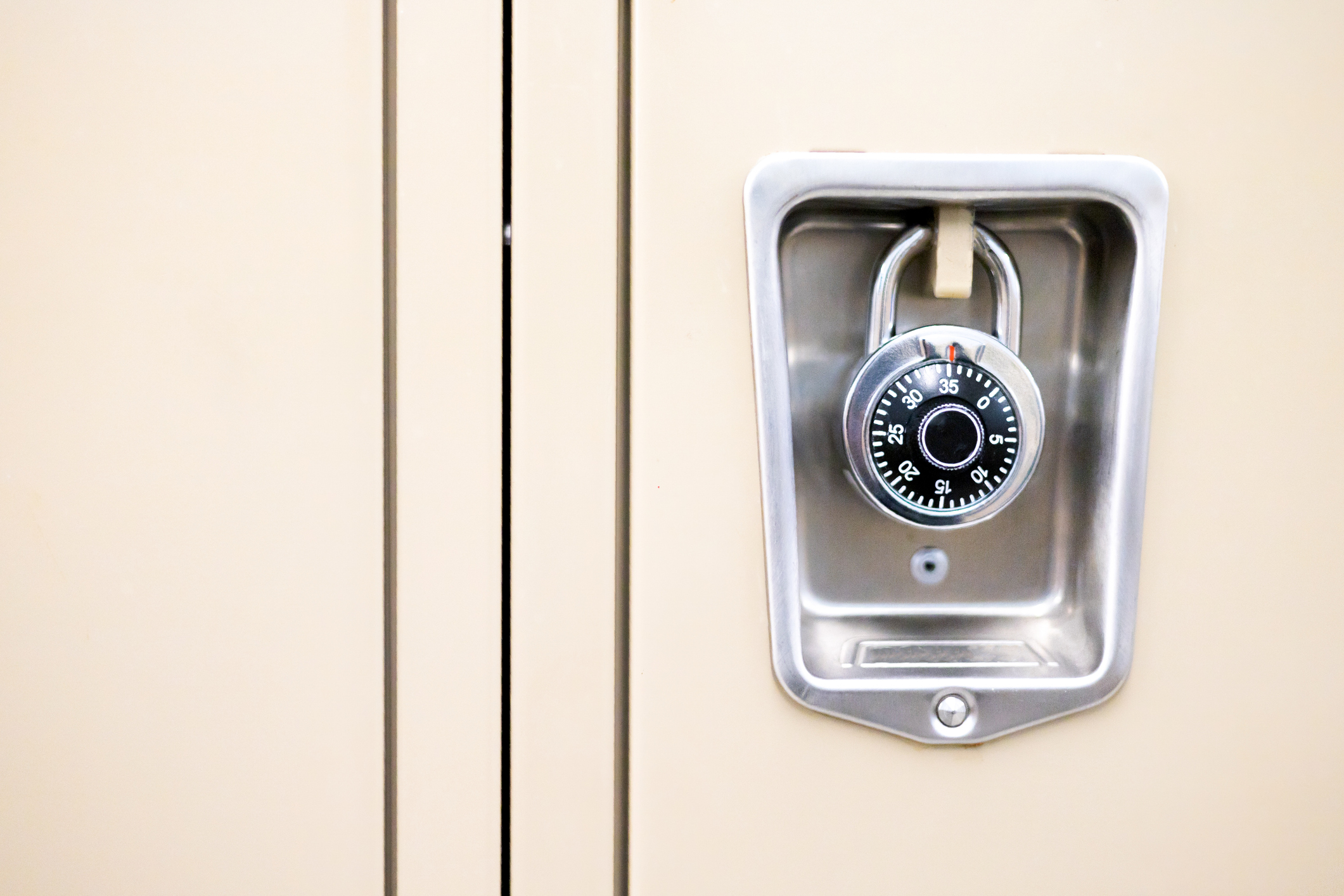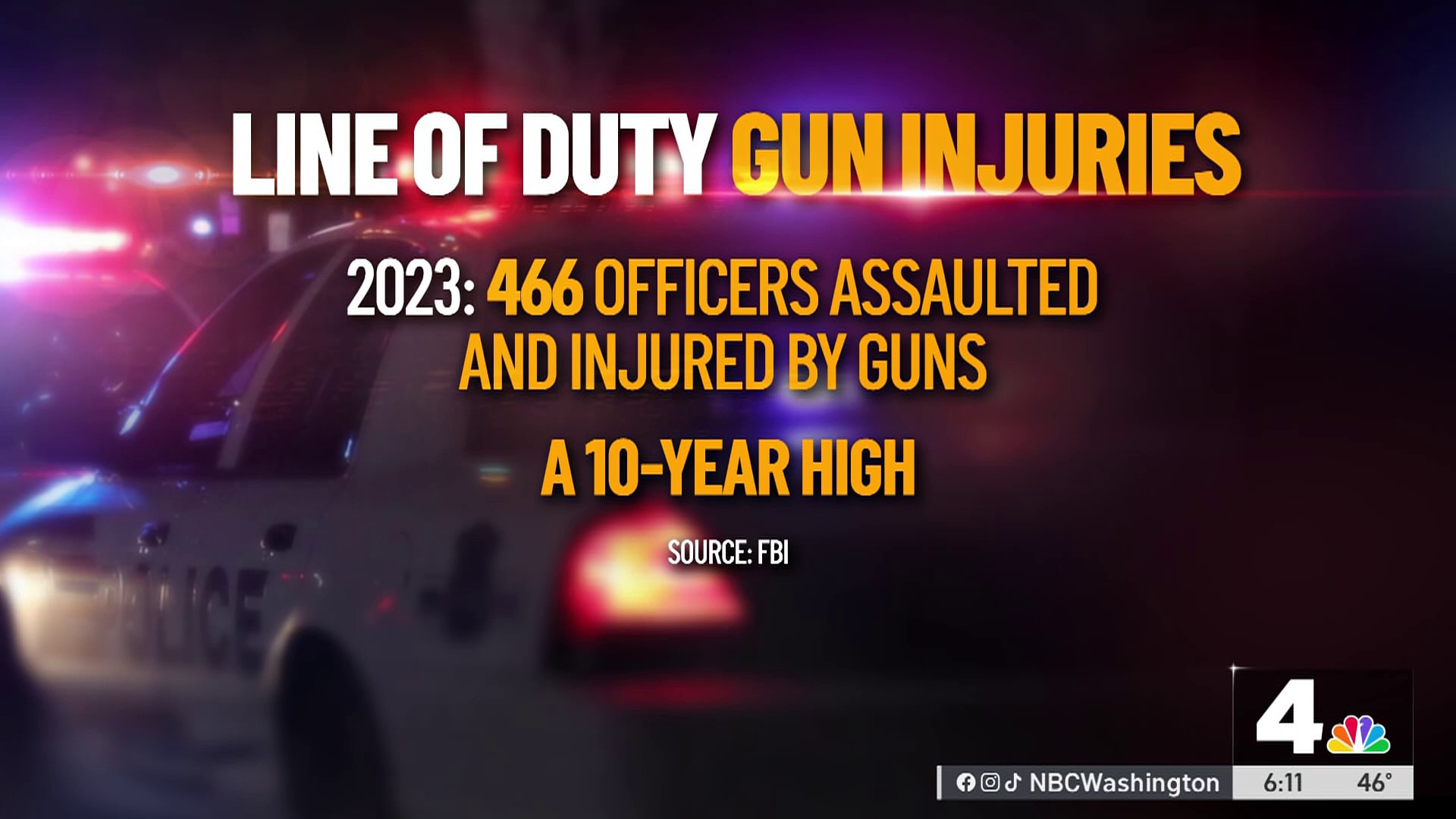Montgomery County police are responding to residents' privacy concerns as they expand a program that deploys drones to emergency situations.
The police department said its Drone as First Responder program that launched in November allows officers, who are monitoring 911 calls in real-time, to deploy the drone to emergency situations – like assaults, shootings, robberies and carjackings. The average response time is 67 seconds.
“We’re getting there quick, and that’s the name of the game. Speed’s the name of the game. The faster we can get the drone there, the faster we can see what’s going on, see who needs help, see where they are," Cmdr. Jason Cokinos, the supervisor of the program, told News4.
So far, the drones are used in Silver Spring and Wheaton. Police will start using them in Gaithersburg later in August, and in Bethesda by September.
We've got the news you need to know to start your day. Sign up for the First & 4Most morning newsletter — delivered to your inbox daily. Sign up here.
Cokinos said the drones have already proved beneficial when allocating resources, especially as the police department – like many other departments nationwide – faces a staffing shortage.
“Over 150 calls, we’ve been able to cancel the need for officers to continue. So the drone has put over 300 officers back in service,” he said.
The drones can dramatically change the way officers approach a scene.
Local
Washington, D.C., Maryland and Virginia local news, events and information
Earlier this year, Cokinos said they received reports of a man with a gun outside of a 7-Eleven. The drone was able to capture an image that painted a different picture.
“The camera is so powerful, we’re able to zoom in and see it’s a cellphone. We’ve been able to de-escalate the intensity of officers responding to an event. De-escalate the need to use force, and prevent the use of force by giving officers better information that puts them in a safer position," Cokinos said.
But the technology can also create new challenges. Police held several public meetings to discuss the rollout of the program, and residents overwhelmingly voiced their concerns about privacy.
“When the drone takes off and it flies to an emergency the camera is pointed up toward the sky-line. It’s not recording anything. When drone gets on scene, the camera comes down and focuses on the area of the emergency, and then we’re recording. When we’re done with the emergency, we stop recording and the camera goes back up," Cokinos said.
The drones also don't record audio, they're not used during protests – as long as they remain peaceful - and they cannot be used with facial recognition software, according to the department.
Cokinos said all videos are stored the same way as body-cam and dashboard camera videos, which are subject to audits and are logged by the department.
“It is a level of transparency that technology allows with a commitment from the police department to actually follow through on that and we’re seeing that from our police department which is something I think residents should and do appreciate," Montgomery County Council President Andrew Freidson said.
Drone operators work 12-hour shifts so the program is not 24/7 at this point. That could change if funding for the program increases.



